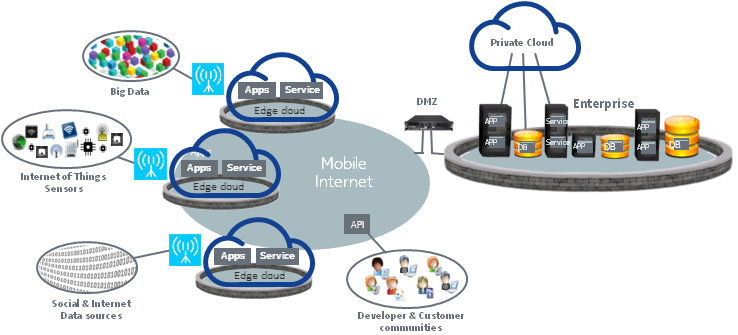With a demo of LTE-in-a-box solution, Mobilestack Inc announces the availability of a low cost LTE-in-a-box solution and vEPC Solution. Please…
Mobile applications are adopted and growing for every industry and market segment such as entertainment, business, education, health care, social networking,…

